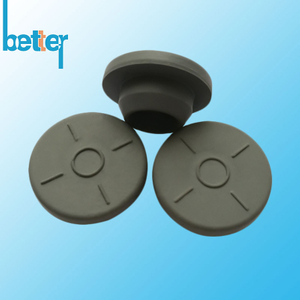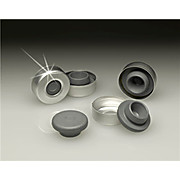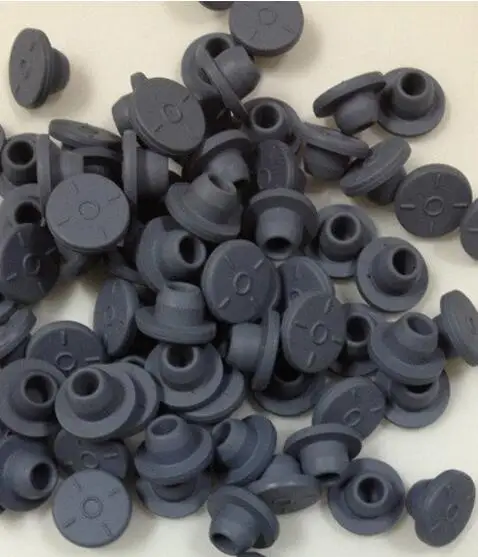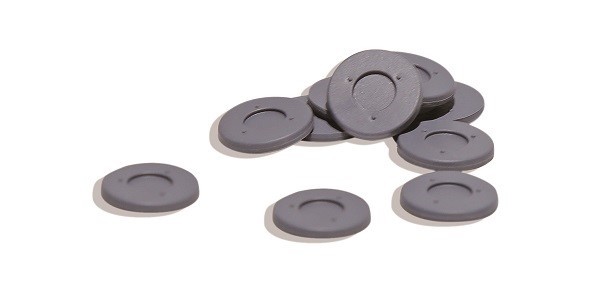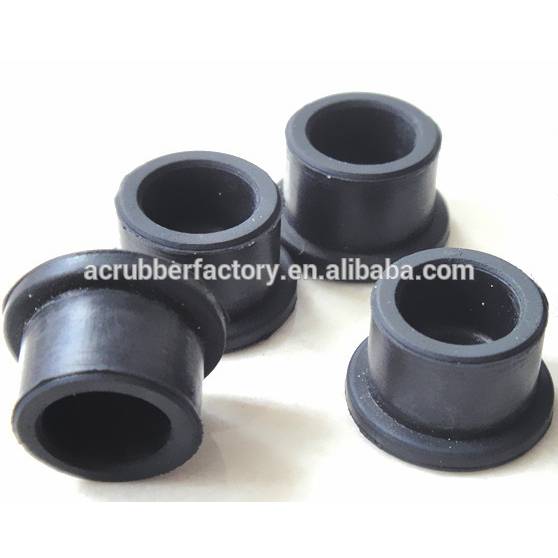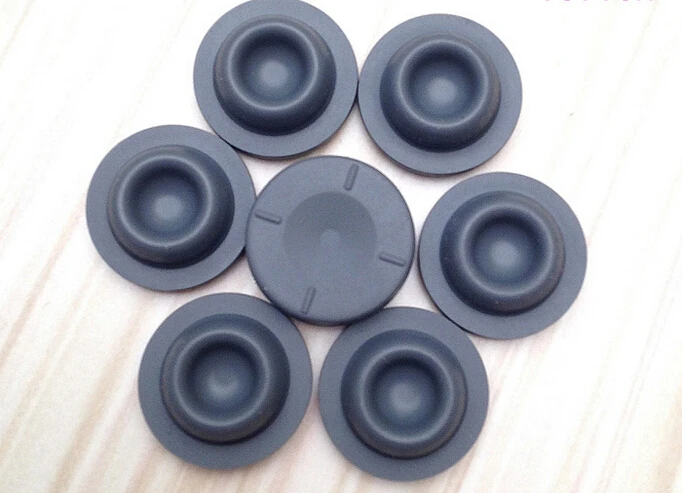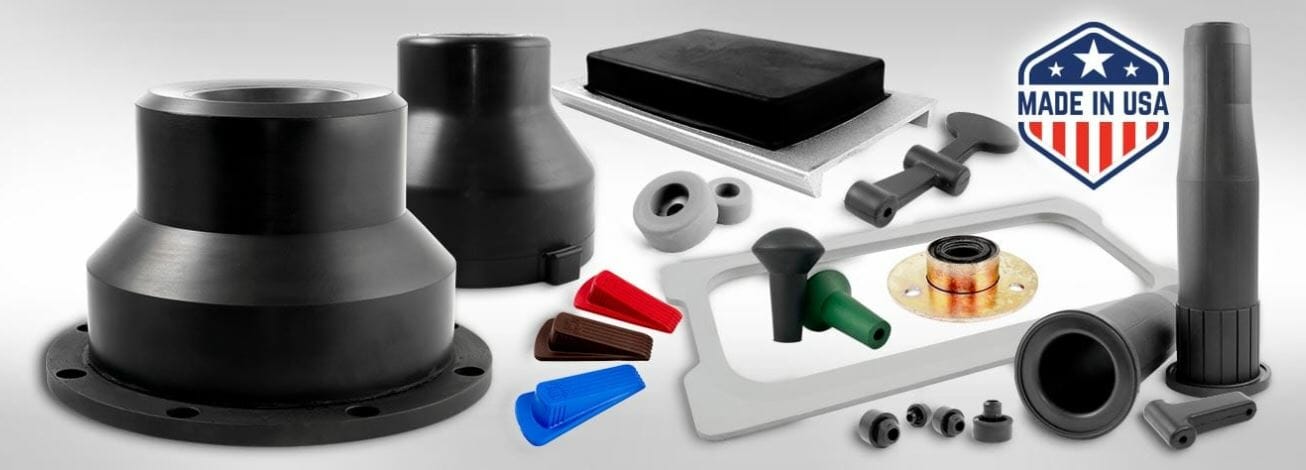Vulcanization heating and curing of natural rubber results in the cross linking of individual polymer chains that forms a copolymer of isobutylene and to a smaller extent isoprene.
Bromobutyl rubber stopper properties.
Butyl rubber derived synthetically from petrochemicals is a copolymer of isobutylene and to a smaller extent isoprene.
The answer is it depends.
Bromobutyl rubber is an excellent choice for pharmaceutical stoppers and seals applications due to low levels of additives and impurities high impermeability to moisture and air chemical and biological inertness resistance to aging and heat sterilization and easiness to vulcanize using low levels of clean curatives.
In the us and european markets serum vial stoppers are commonly available in both bromobutyl and chlorobutyl rubber for use in pharmaceutical packaging.
These elastomers are obtained by continuous halogenization of butyl rubber.
Polyisobutylene also known as pib or polyisobutene c 4 h 8 n is the homopolymer of isobutylene or 2 methyl 1 propene on which butyl rubber is based.
Butyl rubber sometimes just called butyl is a synthetic rubber a copolymer of isobutylene with isoprene the abbreviation iir stands for isobutylene isoprene rubber.
Bromobutyl chlorobutyl bromo chloro isobutylene isoprene.
There is no significant distinction between bromobutyl and chlorobutyl as the properties of these elastomers are very similar.
Bromobutyl rubbers properties and applications.
Butyl rubber is produced by polymerization of about 98 of.
Halogen has only slight effect on the principal characteristics of butyl rubber.










